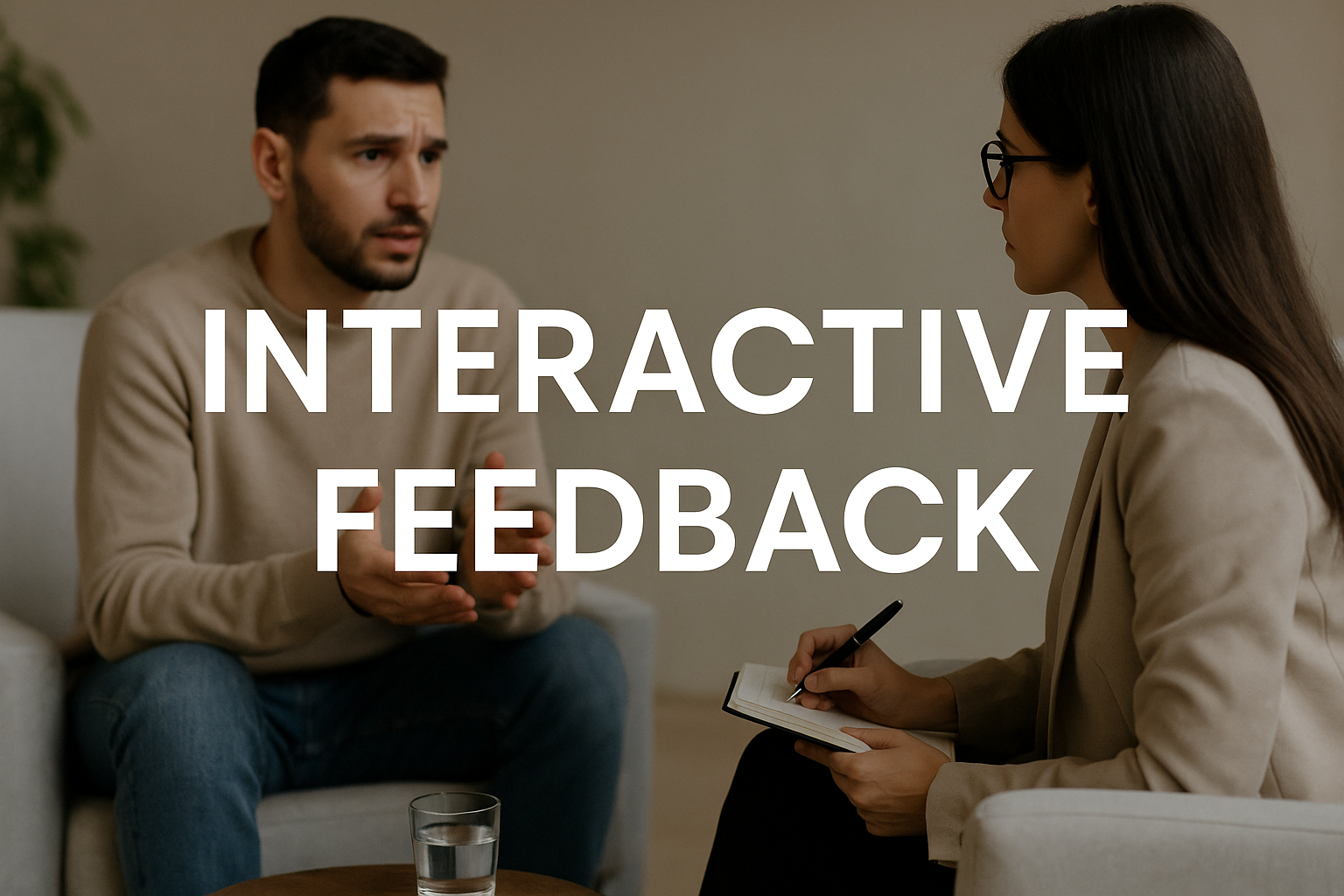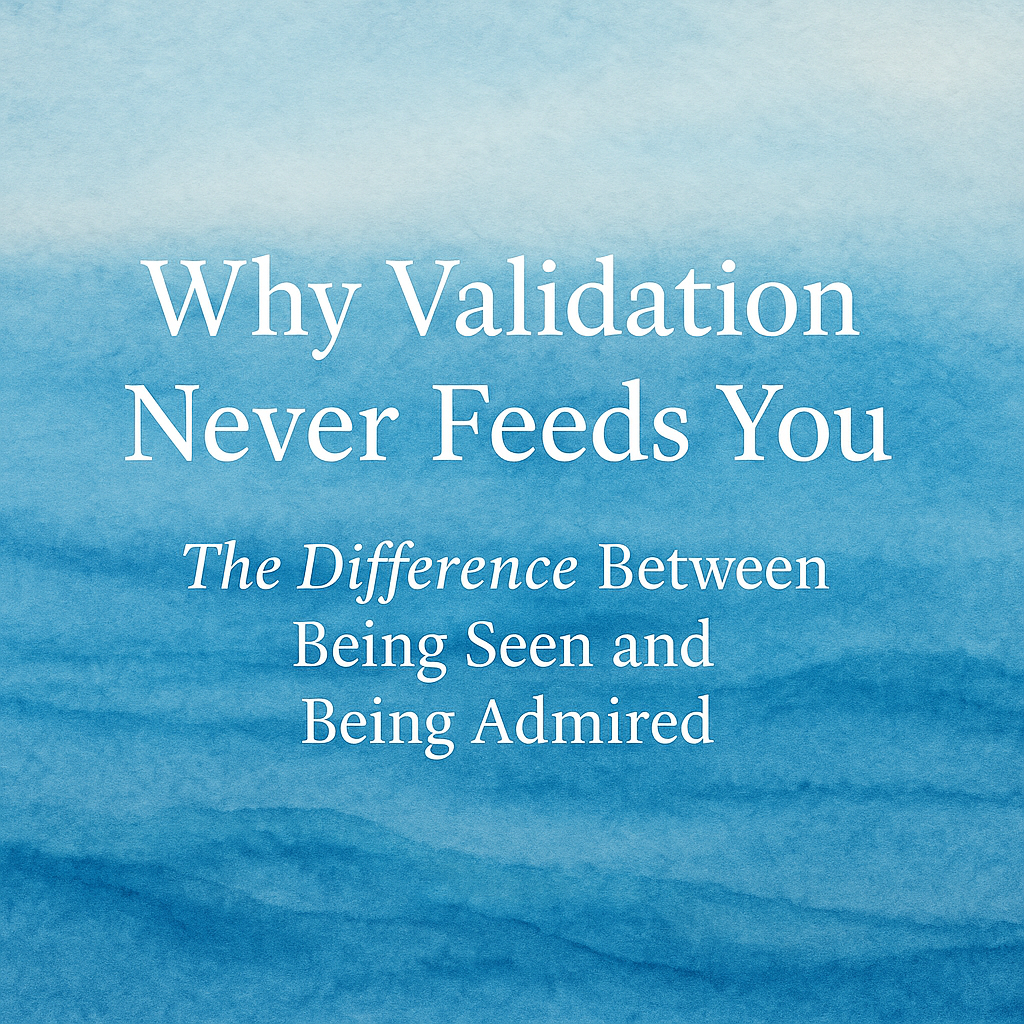Therapy isn’t a place for polite nodding or one-sided analysis. Real change happens when there’s life in the room—when two people are engaged in something alive, responsive, and honest. Interactive feedbackInteractive Feedback refers to the ongoing exchange of observations and responses among group member... is at the heart of that.
Most people picture therapy as a quiet space where the client talks and the therapist occasionally asks, “And how did that make you feel?” But effective therapy—especially depth-oriented work—looks and feels very different. It’s two minds in dialogue, exploring what’s happening right now between them.
Why “Interactive” FeedbackFeedback in group therapy refers to the constructive comments and reflections shared among group mem...?
Because therapy isn’t just about the past; it’s about what the past does in the present. The patterns that play out in your relationships inevitably show up in the therapy relationship too. When your therapist reflects what they’re noticing in real time—your tone, body language, how you just pulled away after sharing something vulnerable—it opens a window into the very patterns that keep you stuck.
That’s interactive feedback. It’s the therapist using the relationship itself as the instrument of change, not just insightInsight refers to the understanding and awareness clients gain about their thoughts, feelings, and b... from the sidelines.
What It Sounds Like
It might sound like:
- “I notice you smile when you talk about painful things—what’s happening for you right now?”
- “You just apologized for taking up space. Do you feel like you’re taking too much right now?”
- “I feel a distance between us today. Does that feel familiar?”
These are not criticisms. They’re invitations—gentle but direct—into awareness and authenticity.
Why It Works
Interactive feedback cuts through the defenses that keep therapy (and life) superficial. When the therapist shares their genuine, attuned reactions, it mirrors back aspects of your relational world you can’t see from the inside. That real-time mirror gives you the chance to try something different—to stay present, to risk connection, to see yourself as another human actually experiences you.
That’s where emotional growth happens.
Not from “understanding your childhood” in theory, but from feeling how those old dynamics still live in you now—and discovering new ways of being, moment by moment.
The Therapist’s Role
Good therapy isn’t about being “neutral” or “blank.” It’s about being real—but disciplined in that realness. Interactive feedback requires a therapist who’s self-aware enough to use their own reactions responsibly, not as opinions or advice, but as information about what’s happening in the shared emotional field.
It’s a fine art: being honest without overpowering, attuned without enabling, direct without shaming. When done well, it turns therapy into a living laboratory for change.
In the End
Interactive feedback is what separates therapy that stays in the head from therapy that changes your life. It’s not about being nice, and it’s not about being mean—it’s about being truthful in the service of your growth.
When two people are willing to be that honest together, something real happens. Insight deepens, defenses soften, and the walls that once protected you start to feel less necessary.
That’s the work.





